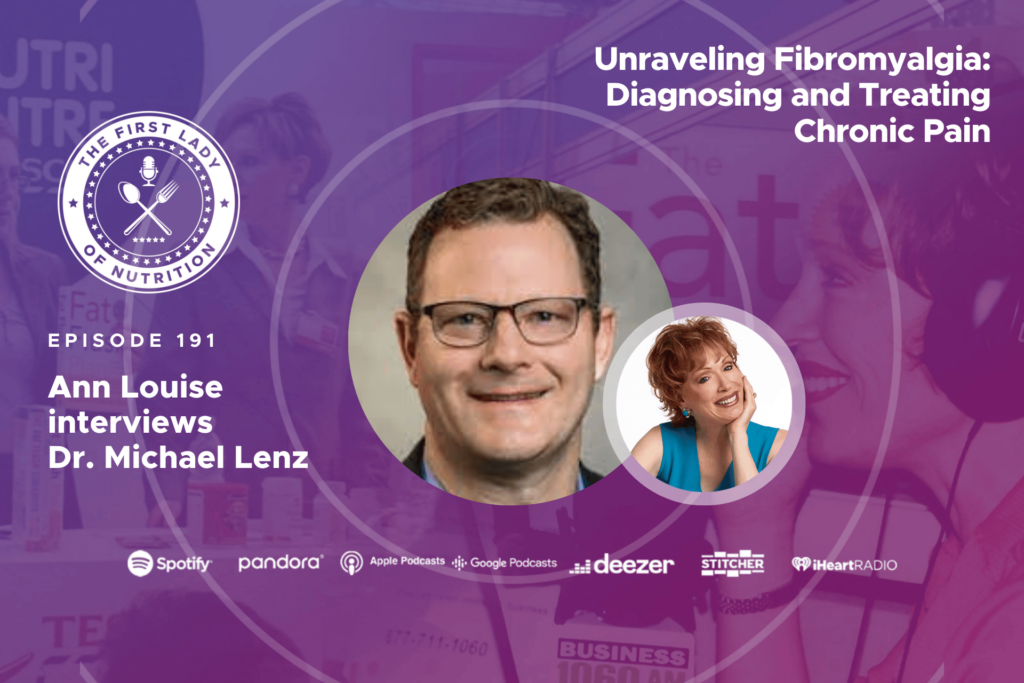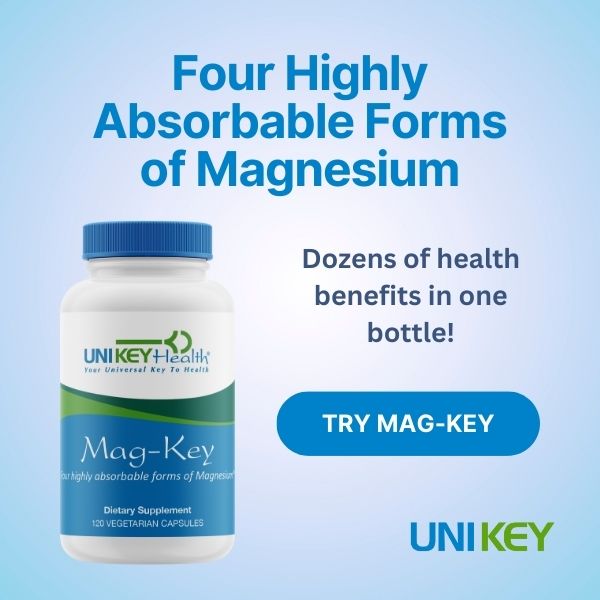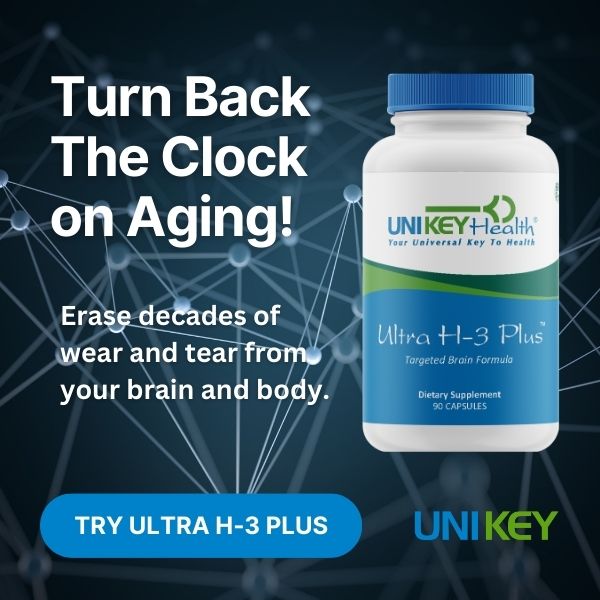 Most people are deficient, though the government claims otherwise!
Most people are deficient, though the government claims otherwise!
New recommended daily allowances (RDAs) for vitamin D, released Wednesday by the Institute of Medicine (IOM), claim that few Americans are low in the “sunshine vitamin,” although scientific studies show just the opposite. (A few of the most recent are listed in “Sources” below.)
The government’s first official recommendation since 1997 did, however, raise the intake level for vitamin D—but it remains well below the levels used in most clinical research.
“Studies have been published on diabetes and vitamin D,” for example, that were not included in the IOM’s research, says Michael Holick, MD, PhD, professor of medicine, physiology, and biophysics at Boston University School of Medicine. Among other important research ignored by the government “was a study just released in Japan that showed that children supplemented with vitamin D had 100% less influenza.”
A large and ever-growing body of research increasingly links deficiencies in the “sunshine vitamin”—even in sunny climates—to inflammation (including inflammatory bowel disease, lupus, and rheumatoid arthritis), autoimmune disorders like multiple sclerosis (MS), as well as heart disease and stroke, numerous cancers, muscle problems, even depression and neurocognitive disorders.
Dr. Ann Louise’s Take:
Against this kind of evidence, it’s hard to believe that the IOM didn’t raise vitamin D levels much higher. With few natural sources for the “sunshine vitamin” beyond eggs and fatty fish in the diet, it’s easy to see why most people are deficient in this critical nutrient.
Kevin Cooper, director of the NIAMS Skin Diseases Research Center at Case Western Reserve University, is also concerned that the new RDAs “do not reflect the high prevalence of vitamin D in patients who practice sensible sun protection or others who live in the North.”
To add insult to injury, the government didn’t even recommend an adequate level in blood tests for D. Although most experts believe that less than 30 nanograms (ng/mL) of the “sunshine vitamin” indicates deficiency, the IOM committee concluded that 20 to 30 ng/mL is all that’s necessary for bone health—and failed to recognize other benefits from D.
“Insufficient levels of 25(OH)D, defined as less than 30 ng/mL, have risen from 40% in 1988-1994 to approximately 70% during 2001-2004 among Causcasians, with an increase in insufficient levels from 88% to 97% among African Americans,” reports Diane L. Kamen, MD, MSCR, in the Bulletin of the New York Hospital for Joint Diseases.
The Alliance for Natural Health calls the IOM report “wrong, wrong, wrong.” I couldn’t agree more!
Why You Need to Take D
Besides the IOM’s rationale for upping vitamin D—to maintain healthy bones when taken with calcium—the proven benefits go far beyond the scope of this blog. But here are some that may interest you:
• Randomized, controlled trials demonstrate that supplementing with vitamin D lowers systolic blood pressure in arterial hypertension.
• D impacts immunity and prevents autoimmune response in 76 clinical studies.
• This vitamin’s immunomodulating effects help explain epidemiological links with numerous diseases from asthma and respiratory disorders to cancer and diabetes, IBS, MS, and autoimmune diseases like lupus.
• D supplements improve glycemic control in people with Type 1 diabetes while vitamin deficiency is linked to Type 2 diabetes and metabolic syndrome (prediabetes).
• Low levels are associated with increased mortality from breast, colon, ovarian, and prostate cancer, as well as higher death rates overall.
• Dermatological research finds D effective treatment for psoriasis and other skin disorders.
• Despite declining incidence in fractures and injuries overall, forearm fractures are rising in healthy children, and rickets (a D-deficiency weakening of bones) impacts the young, even in sunny countries.
• Both the brain and skeletal muscles have vitamin D receptors, and low levels have been linked to Alzheimer’s disease, depression, and other neurological problems as well as muscle weakness and atrophy.
Andrew Shao, PhD, senior vice president, scientific and regulatory affairs at the Council for Responsible Nutrition, finds no convincing evidence that people are harmed by supplements—and says that higher levels are beneficial.
How Much Is Enough?
Based on Dr. Shao’s research, humans can safely take up to 10,000 IUs a day. I recently increased the level of this vitamin in UNI KEY’s multivitamin formulations, like Female Multiple and Male Multiple, because of concern about widespread deficiencies.
The research I did while writing my latest book, Zapped: Why Your Cell Phone Shouldn’t Be Your Alarm Clock and 1,268 Ways to Outsmart the Hazards of Electronic Pollution, has shown me yet another important reason that vitamin D is vital today—everyone is constantly bathed in electromagnetic fields (EMFs) from cell and cordless phones, digital devices, faulty wiring, microwaves, power lines, satellites, and WiFi. Vitamin D3, or calcitrol used in my formulas, is radioprotective—even against low-level back radiation from electronic pollution.
While the exact amount of vitamin D you need to optimize your blood levels will vary depending upon your age, genes, how far north you live, the season of the year, and how much time you spend in the sun without sunscreen, I find that Vitamin D 5000, pure D3, is an effective way for deficient individuals to replenish their levels.
Not only is it essential for calcium balance, bone density, immune function, and proper cell growth, sufficient D is also beneficial in fighting the flu and respiratory viruses. And as Zapped shows, vitamin D3 facilitates communications between the cells in the body, interrupted by electronic pollution.
Sources:
Zapped: Why Your Cell Phone Shouldn’t Be Your Alarm Clock and 1,268 Ways to Outsmart the Hazards of Electronic Pollution
https://abcnews.go.com/Health/calcium-vitamin-institute-medicine-suggests-dietary-reference-intakes/story?id=12270518
www.anh-usa.org/institute-of-medicine-report-on-vitamin-d-is-wrong-wrong-wrong/
www.anh-usa.org/about-the-science/
www.crnusa.org/CRNPR10_CRNVitDDRIresp113010.html
www.crnusa.org/CRNPR10-VitDBenefit-RiskAnalysis101410.html
www.naturalnews.com/Vitamin_D.html
https://www.ncbi.nlm.nih.gov/pubmed/21113195
https://www.ncbi.nlm.nih.gov/pubmed/21113577
https://www.ncbi.nlm.nih.gov/pubmed/21104171
https://www.ncbi.nlm.nih.gov/pubmed/21102318
https://www.ncbi.nlm.nih.gov/pubmed/21110290
https://www.ncbi.nlm.nih.gov/pubmed/21090935
https://www.ncbi.nlm.nih.gov/pubmed/21070438
https://www.ncbi.nlm.nih.gov/pubmed/21067953
https://www.ncbi.nlm.nih.gov/pubmed/21067618
https://www.ncbi.nlm.nih.gov/pubmed/21048925
https://www.ncbi.nlm.nih.gov/pubmed/21030839
https://www.ncbi.nlm.nih.gov/pubmed/20976461
https://www.ncbi.nlm.nih.gov/pubmed/20969555
https://www.ncbi.nlm.nih.gov/pubmed/20949604









8 Responses
I was taking 5000 units D3 a day to get my levels above 30 as they were low. My daughter, who is 15, had very low levels (17) and took 5000 units a day and got up to 23, but she will have to do a booster dose of 50,000 units 1x/week for 6 weeks. The dr recommended D2 but it does come in D3. He said the FDA approved only D2 at that level,but I read it is of no value and poorly absorbed. Then this study comes out and says it could be damaging to your heart if you take more than the recommended dosage. That really frightened me because I have renal and carotid artery stenosis and fibromuscular dysplasia. Who are we supposed to believe? Has anyone heard evidence that it damages the heart?
The IOM say we dont need more vitamin D and the vitamin D experts say that correction of vitamin D insufficiency will be the biggest breakthrough in medicine in our lifetime. I guess it is up to us to make up our own mind who is correct. Fortunatley there are a couple of good websites that supply all the infomation:
https://www.vitaminD3world.com
https://www.vitaminDcouncil.org
so take a look and make your own decision
https://www.ncbi.nlm.nih.gov/pubmed/21063202 was the only study we could find.
As you can see, this attempts to explore D3’s possible contribution to cardiovascular disease in people with chronic kidney disease,.
While the vast majority of studies suggest the D supports cardiovascular health, both in healthy and at-risk populations, this study seems to directly refute the animal/in vitro research by finding an inverse relationship between vitamin D and vascular calcification :
http://www.ncbi.nlm.nih.gov/pubmed/20956810
Hope this helps as there appears to be confusion here.
I have read that Vit. D is contraindicated and can be dangerous for people with certain conditions, including sarcoidosis (which I have). I don’t see this caution recommended in the article on Vit. D supplements. What do you think?
Vitamin D is so important that your body makes it by itself — but only after skin exposure to sufficient sunlight.To achieve the healthy blood levels in the graph below, most adults will need about FIVE THOUSAND units of vitamin D every day. I want to emphasize that under summer conditions it is frequently possible to generate about 20,000 units of vitamin D by exposing your skin to the sun. Superb information.
vitamin d blood levels women
Three questions-
Is there a guideline for x-minutes of sunshine = IUs of Vitamin D?
How long in general guidelines does supplementation take to bring levels up?
How does sunscreen affect absorbtion?
Heidi, generally 15-30 minutes is what is suggested. It depends on the season and the part of the country you are in. Increasing vit D levels is so individual it is hard to say how long it will take. Sunscreen does block absorption but is not a big factor unless you use sunscreen every day.